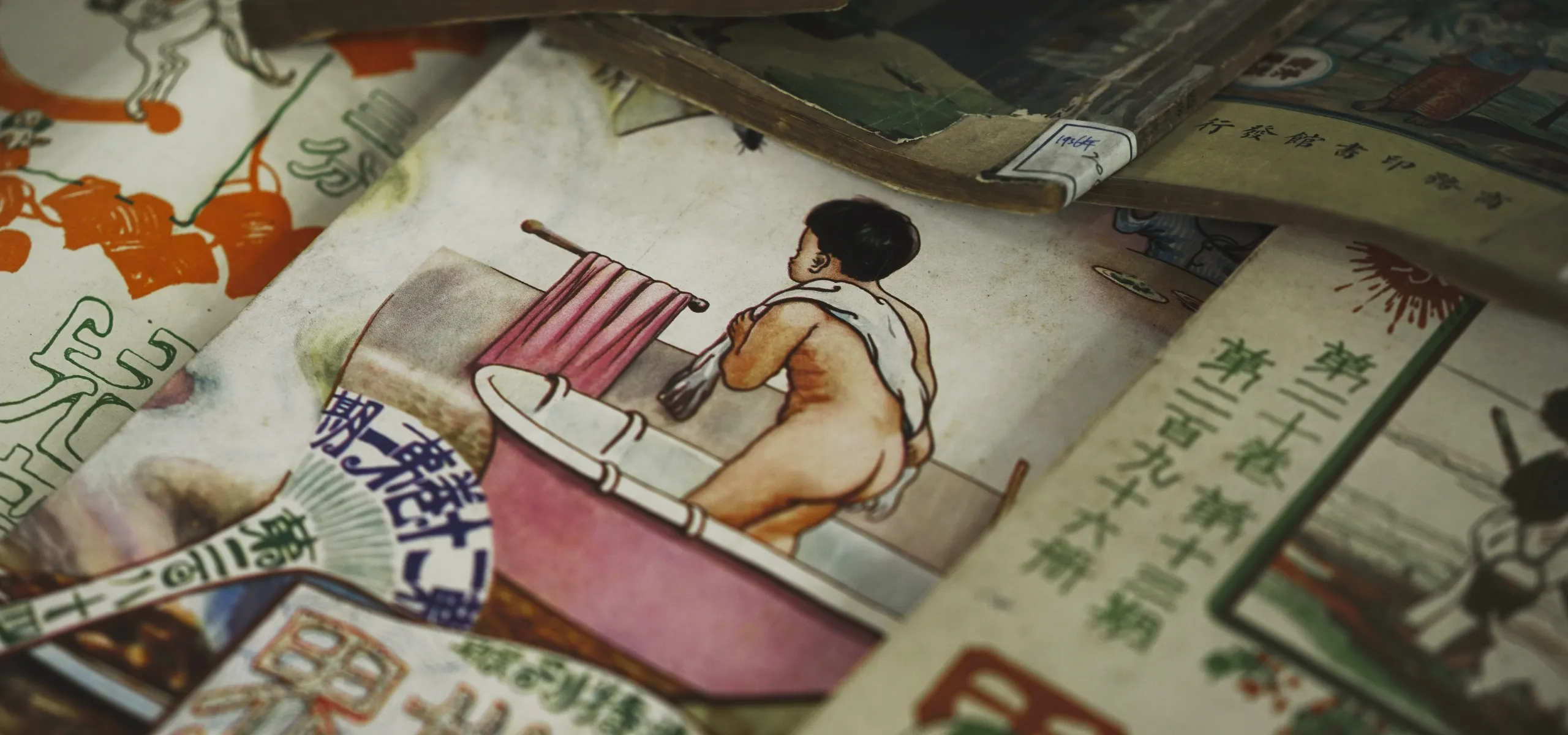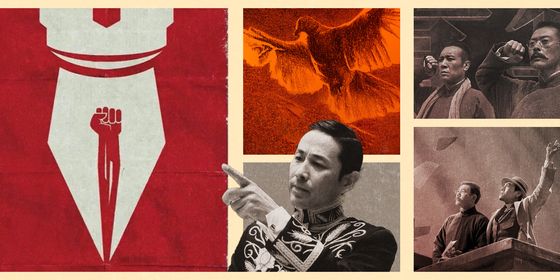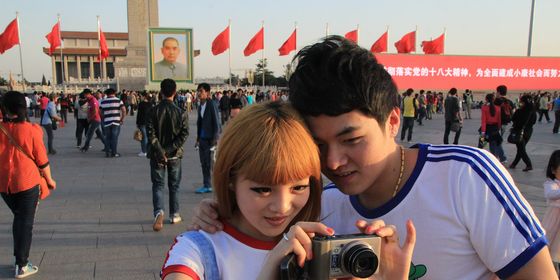A century ago, the founding of a children’s magazine witnessed a progressive movement in how modern Chinese society wrote for—and saw—children
In 1923, Ye Shengtao (叶圣陶), an intellectual who had recently begun writing for children, attached a note of caution to his latest submission to his editor: “Perhaps you might not find it ‘childish’ enough?” His manuscript told of a compassionate scarecrow who helplessly watches an elderly farmer, a fisherwoman, an abused wife, and a carp all suffer misfortunes in front of him, and eventually collapses in the field due to the crushing guilt and despair he felt.
Such a dark tale may not be classified as children’s reading in China today, where parents have tried to ban the classic novel Outlaws of the Marsh (《水浒传》) and even the Xinhua Dictionary for having content inappropriate for minors. But for Zheng Zhenduo (郑振铎), the founder and editor-in-chief of Children’s World magazine, “The Scarecrow” was exactly what China’s new generation of children should be reading. The story became Ye’s most influential work for how it captured a mature sorrow toward social injustices in the language of children, and the magazine itself went on to weather two decades of change—reflecting a wider progressive movement in how modern Chinese society saw children, and leaving its mark on Chinese children’s literature for decades to come.
Children’s World was the first magazine for Chinese children to feature original content written in vernacular Chinese as opposed to classical language. Zheng, who had been a textbook and magazine editor at The Commercial Press (also TWOC’s parent company) before he founded the magazine, was jaded by what he saw in children’s publishing at the time. “Before, education for children was like an injection, aiming only to fill their head with all kinds of rigid knowledge, rigid disciplines…There were too few books driven by children’s reading [habits],” he declared in a “Children’s World Manifesto” distributed by major periodicals before the magazine’s inaugural issue in January 1922.
The Infancy of Children’s Literature in China is a story from our issue, “Kinder Cities.” To read the entire issue, become a subscriber and receive the full magazine.













